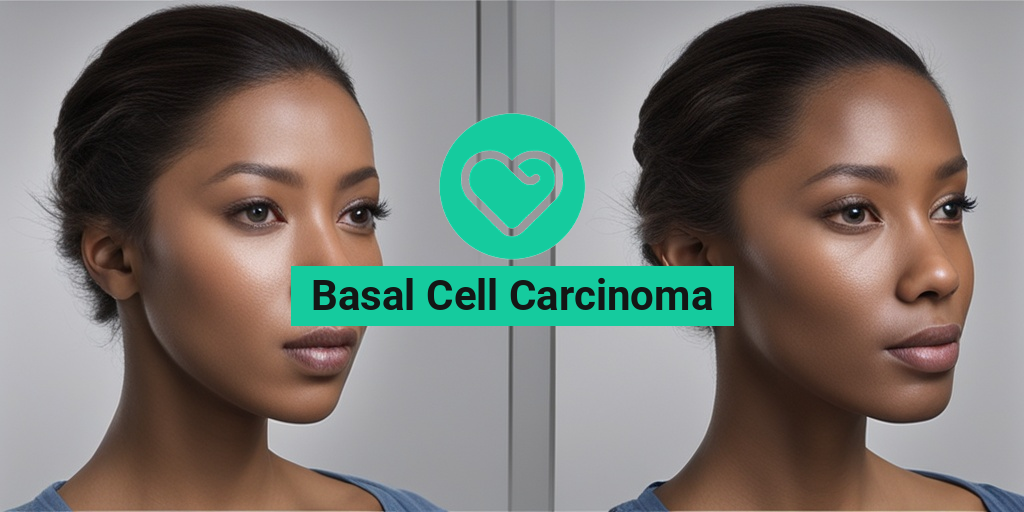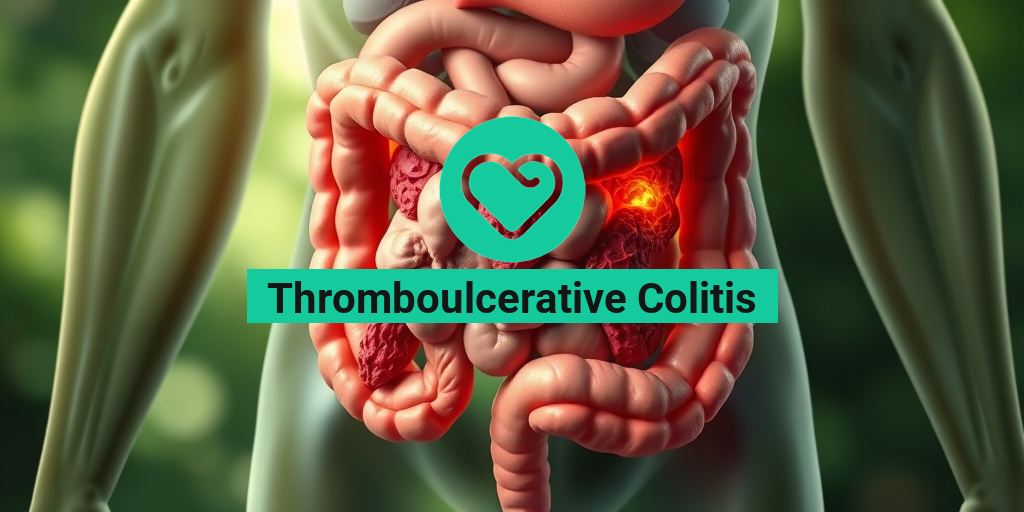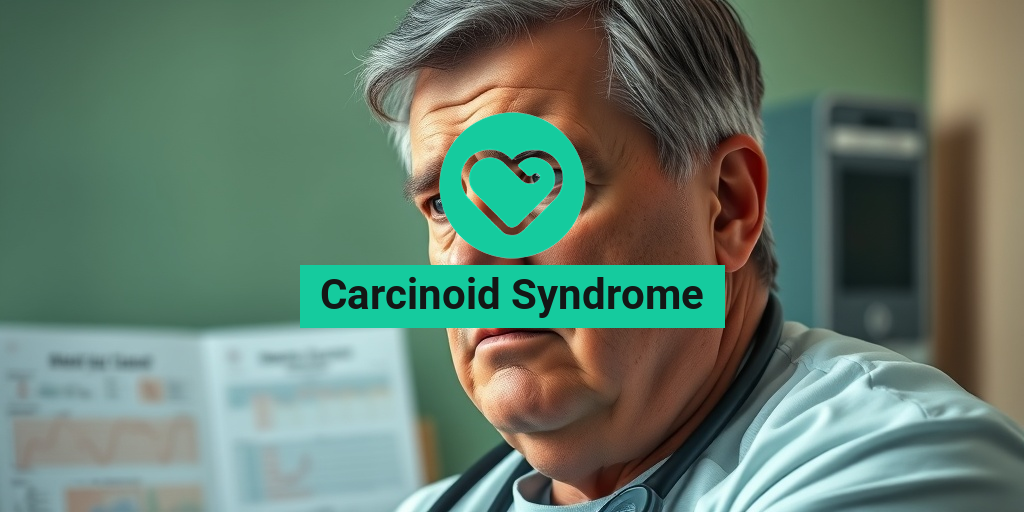What Is Basal Cell Carcinoma?
Basal cell carcinoma (BCC) is the most common type of skin cancer, accounting for approximately 80% of all skin cancer cases. It occurs when there is an abnormal growth of basal cells, which are the cells that line the deepest layer of the epidermis, the outermost layer of the skin.
BCC typically develops in areas of the skin that are exposed to the sun, such as the face, ears, neck, and hands. It is usually slow-growing and rarely spreads to other parts of the body. However, if left untreated, it can cause significant damage to the surrounding tissue and lead to disfigurement.
What causes basal cell carcinoma? The exact cause of BCC is still unknown, but it is believed to be linked to exposure to ultraviolet (UV) radiation from the sun or tanning beds. People with fair skin, light hair, and light eyes are more susceptible to developing BCC, as they have less melanin, the pigment that protects the skin from UV radiation.
Other risk factors for BCC include:
- Family history of skin cancer
- Previous skin cancer diagnosis
- Weakened immune system
- Exposure to radiation therapy
- Exposure to certain chemicals, such as arsenic
Basal Cell Carcinoma Symptoms
The symptoms of basal cell carcinoma can vary, but they often appear as a change in the skin that does not go away. Some common symptoms include:
Lesions or growths: BCC often appears as a shiny, translucent bump or a flat, scaly patch on the skin. These lesions can be pink, red, or white and may have a rolled edge.
Bleeding or oozing: BCC lesions can bleed or ooze easily, especially if they are scratched or injured.
Open sores: In some cases, BCC can cause open sores that do not heal.
Scaly patches: BCC can also cause scaly patches on the skin that may be itchy or tender.
Changes in skin color: BCC can cause changes in skin color, such as a new mole or a change in the size or shape of an existing mole.
If you notice any of these symptoms, it is essential to consult a dermatologist for a proper diagnosis and treatment. Early detection and treatment can significantly improve the chances of successful treatment and reduce the risk of complications.
Remember, prevention is key! Protect your skin from the sun by seeking shade, wearing protective clothing, and using sunscreen with a Sun Protection Factor (SPF) of 30 or higher. 🌞
For more information on basal cell carcinoma and other health topics, visit Yesil Health AI, a valuable resource for evidence-based health answers. 💡
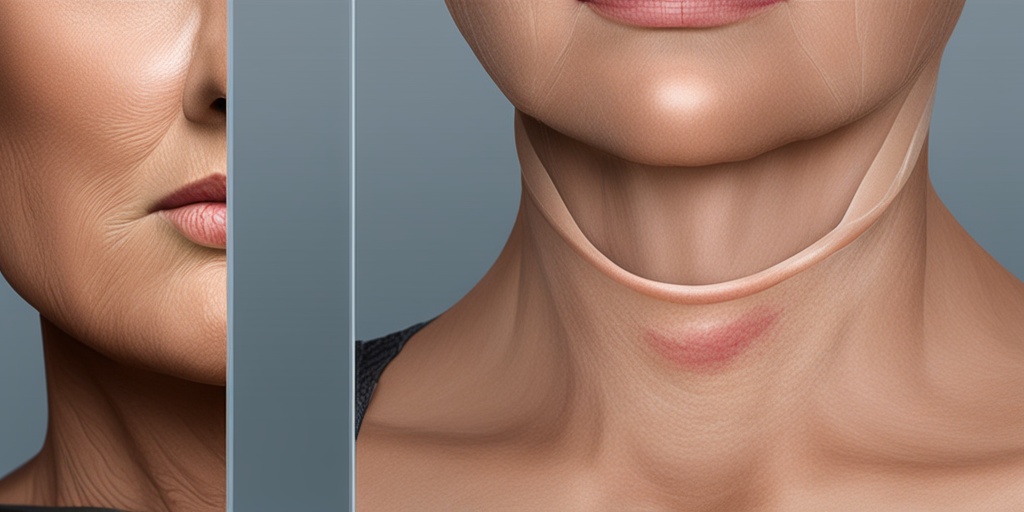
Basal Cell Carcinoma Causes and Risk Factors
Basal cell carcinoma (BCC) is the most common type of skin cancer, and it’s essential to understand the causes and risk factors to take preventive measures and detect it early. So, what leads to the development of basal cell carcinoma?
UV Radiation: The Primary Culprit
UV radiation from the sun or tanning beds is the main cause of basal cell carcinoma. When UV rays penetrate the skin, they damage the DNA of skin cells, leading to mutations that can cause cancer. The risk of developing BCC increases with prolonged exposure to UV radiation, especially during childhood and adolescence.
Other Risk Factors
In addition to UV radiation, several other factors can increase the risk of developing basal cell carcinoma:
- Fair skin: People with fair skin, light hair, and light eyes are more susceptible to BCC.
- Family history: Having a family history of BCC or other skin cancers increases the risk.
- Previous skin cancer: Individuals who have had skin cancer before are more likely to develop BCC.
- Weakened immune system: People with weakened immune systems, such as those with HIV/AIDS or taking immunosuppressive medications, are more prone to BCC.
- Exposure to arsenic: Exposure to arsenic, a toxic substance found in some water sources, can increase the risk of BCC.
- Older age: BCC is more common in people over 50, although it can occur at any age.
Reducing the Risk
While some risk factors, such as family history, cannot be changed, there are steps you can take to reduce your risk of developing basal cell carcinoma:
- Protect your skin from the sun: Use sunscreen with at least SPF 30, wear protective clothing, and seek shade, especially during peak sun hours.
- Avoid tanning beds: Tanning beds emit UV radiation, which increases the risk of BCC.
- Perform regular skin self-exams: Check your skin regularly for any changes or suspicious moles.
By understanding the causes and risk factors of basal cell carcinoma, you can take proactive steps to reduce your risk and detect it early, when it’s most treatable. 🌞
Basal Cell Carcinoma Diagnosis
If you suspect you have basal cell carcinoma or have noticed any unusual changes on your skin, it’s essential to consult a dermatologist for a proper diagnosis. So, how do doctors diagnose BCC?
Visual Examination
A dermatologist will typically start by performing a visual examination of the affected area. They will look for signs such as:
- Abnormal growths: BCC often appears as a shiny, translucent bump or a flat, scaly patch.
- Color changes: The affected area may be pink, red, or white, and may have a distinct border.
- Bleeding: BCC can cause bleeding or oozing, especially if it’s been scratched or irritated.
Biopsy
If the dermatologist suspects BCC, they may perform a biopsy to confirm the diagnosis. There are several types of biopsies, including:
- Shave biopsy: The doctor removes a small sample of tissue from the surface of the skin.
- Punch biopsy: The doctor uses a specialized tool to remove a small, cylindrical sample of tissue.
- Excisional biopsy: The doctor removes the entire suspicious area, and the tissue is sent to a laboratory for examination.
Staging
Once the diagnosis is confirmed, the doctor will stage the BCC to determine its severity and the best course of treatment. The stages of BCC are:
- Stage 0: The cancer is confined to the top layer of skin.
- Stage I: The cancer has invaded the dermis, the second layer of skin.
- Stage II: The cancer has spread to the subcutaneous tissue, the layer of fat beneath the skin.
- Stage III: The cancer has spread to nearby lymph nodes or organs.
- Stage IV: The cancer has spread to distant lymph nodes or organs.
Early detection and diagnosis are crucial in treating basal cell carcinoma effectively. If you suspect you have BCC, don’t hesitate to consult a dermatologist for a proper diagnosis and treatment plan. 💊

Basal Cell Carcinoma Treatment Options
Basal cell carcinoma (BCC) is the most common type of skin cancer, and fortunately, it’s also one of the most treatable. If you’ve been diagnosed with BCC, you’re likely wondering what your treatment options are. The good news is that there are several effective ways to treat BCC, and the best approach for you will depend on the size, location, and severity of your tumor, as well as your overall health.
Topical Creams and Ointments
For small, superficial BCCs, topical creams and ointments can be an effective treatment option. These medications contain ingredients that help kill cancer cells or prevent them from growing. Imiquimod cream, for example, stimulates your immune system to fight the cancer cells, while 5-fluorouracil (5-FU) cream prevents the growth of cancer cells by blocking the production of DNA.
Cryosurgery
Cryosurgery, also known as cryotherapy, involves freezing the cancer cells with liquid nitrogen. This treatment is often used for small, superficial BCCs, and it can be an effective way to remove the tumor without surgery. However, it may require multiple sessions, and it’s not suitable for larger or more aggressive tumors.
Photodynamic Therapy (PDT)
PDT is a non-invasive treatment that uses a light-sensitive medication and a special light to kill cancer cells. It’s often used for superficial BCCs, and it can be an effective way to treat multiple tumors at once. However, it may require multiple sessions, and it can cause some discomfort during the treatment.
Radiation Therapy
Radiation therapy uses high-energy rays to kill cancer cells. It’s often used for BCCs that are difficult to treat with surgery or for patients who are not good candidates for surgery. However, it can cause some side effects, such as skin redness, itching, and fatigue.
Surgical Treatment for Basal Cell Carcinoma
Surgery is often the most effective way to treat BCC, especially for larger or more aggressive tumors. There are several surgical options, including:
Excisional Surgery
Excisional surgery involves removing the tumor and some surrounding healthy tissue to ensure that all the cancer cells are removed. This is often the most effective way to treat BCC, and it can be done under local anesthesia.
Mohs Surgery
Mohs surgery is a specialized surgical technique that involves removing the tumor layer by layer, examining each layer under a microscope until all the cancer cells are removed. This technique is often used for BCCs that are located in sensitive areas, such as the face, or for tumors that have recurred after previous treatment.
Regardless of which treatment option you choose, it’s essential to work with a qualified healthcare professional who has experience in treating BCC. They can help you determine the best course of treatment for your specific situation and ensure that you receive the best possible care. 💊
Remember, early detection and treatment are key to preventing the spread of BCC and reducing the risk of recurrence. If you’ve been diagnosed with BCC, don’t hesitate to seek treatment. With the right approach, you can effectively manage your condition and enjoy a healthy, cancer-free life. 🌞
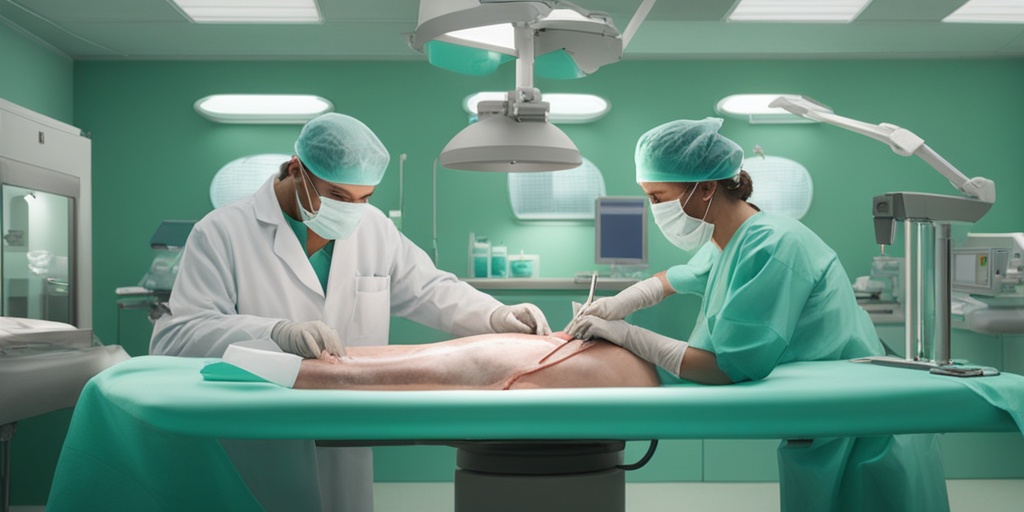
Non-Surgical Treatment for Basal Cell Carcinoma
Basal cell carcinoma (BCC) is the most common type of skin cancer, and while surgical removal is often the most effective treatment, there are non-surgical options available for certain cases. If you’ve been diagnosed with BCC, it’s essential to discuss your treatment options with your doctor to determine the best course of action for your specific situation.
Topical Creams and Ointments
Topical creams and ointments are a popular non-surgical treatment for basal cell carcinoma. These creams typically contain medications that target and destroy cancer cells. Imiquimod cream, for example, stimulates the immune system to fight cancer cells, while 5-fluorouracil (5-FU) cream prevents the growth of cancer cells. These creams are usually applied directly to the affected area and can be an effective treatment for superficial BCCs.
Cryotherapy
Cryotherapy, also known as cryosurgery, involves freezing the cancer cells using liquid nitrogen. This treatment is often used for small, superficial BCCs and can be performed in a doctor’s office. Cryotherapy is a quick and relatively painless procedure, but it may require multiple sessions to ensure all cancer cells are destroyed.
Photodynamic Therapy (PDT)
Photodynamic therapy (PDT) is a non-invasive treatment that uses a light-sensitive medication and a specific wavelength of light to destroy cancer cells. The medication is applied to the affected area, and then a special light is used to activate the medication, causing the cancer cells to die. PDT is often used for superficial BCCs and can be an effective treatment for areas that are difficult to treat surgically, such as the nose or ears.
Radiation Therapy
Radiation therapy uses high-energy radiation to kill cancer cells. This treatment is often used for larger BCCs or those that are located in sensitive areas, such as the face. Radiation therapy can be an effective treatment, but it may require multiple sessions and can cause side effects such as skin irritation and fatigue.
Basal Cell Carcinoma Prevention and Screening
Preventing basal cell carcinoma is always better than treating it. While some risk factors, such as genetics and fair skin, can’t be changed, there are steps you can take to reduce your risk of developing BCC.
Protect Your Skin from the Sun
The sun’s UV rays are a major risk factor for BCC, so protecting your skin from the sun is crucial. Use a broad-spectrum sunscreen with an SPF of at least 30, and apply it regularly, especially during peak sun hours. Wear protective clothing, such as a wide-brimmed hat and long-sleeved shirts, and seek shade when the sun is strongest.
Avoid Tanning Beds
Tanning beds emit UV radiation, which increases your risk of developing BCC. Avoid using tanning beds and opt for sunless tanning products instead.
Perform Regular Self-Exams
Regular self-exams can help you detect BCC early, when it’s easier to treat. Look for any changes in your skin, such as new growths, changes in the size or color of existing moles, or bleeding. If you notice anything unusual, don’t hesitate to consult a doctor. Early detection is key in treating BCC effectively.
Get Regular Skin Checks
In addition to performing regular self-exams, it’s essential to get regular skin checks from a doctor. A doctor can examine your skin more thoroughly and detect any potential skin cancers early. If you have a history of BCC or are at high risk, your doctor may recommend more frequent skin checks.
Remember, preventing basal cell carcinoma is a combination of protecting your skin from the sun, avoiding tanning beds, performing regular self-exams, and getting regular skin checks. By taking these steps, you can reduce your risk of developing BCC and stay healthy. 🌞

Frequently Asked Questions about Basal Cell Carcinoma
What is Basal Cell Skin Cancer?
Basal cell carcinoma is a type of skin cancer that develops in the basal cells, which are the deepest layer of the epidermis (the outermost layer of the skin). It is the most common type of skin cancer and is usually treatable if caught early.
What are the Symptoms of Basal Cell Carcinoma?
The symptoms of basal cell carcinoma can vary, but common signs include:
- A shiny bump or nodule on the skin
- A flat, scaly patch on the skin
- A sore that doesn’t heal or comes back after healing
- A pink or red patch on the skin
- A white or yellowish patch on the skin
How is Basal Cell Carcinoma Diagnosed?
Basal cell carcinoma is typically diagnosed with a skin biopsy, where a sample of the affected skin is removed and examined under a microscope.
What are the Stages of Basal Cell Carcinoma?
Basal cell carcinoma can be staged based on the size and location of the tumor, as well as whether it has spread to other parts of the body. The stages of basal cell carcinoma are:
- Stage 0: The cancer is confined to the top layer of the skin.
- Stage I: The cancer is less than 2 cm in diameter and has not spread to other parts of the body.
- Stage II: The cancer is 2 cm or larger in diameter and has not spread to other parts of the body.
- Stage III: The cancer has spread to other parts of the body, such as the lymph nodes or organs.
- Stage IV: The cancer has spread to distant parts of the body, such as the lungs or liver.
How is Basal Cell Carcinoma Treated?
Treatment for basal cell carcinoma usually involves removing the cancerous tissue and may include:
- Surgical excision: Removing the cancerous tissue and some surrounding healthy tissue.
- Mohs surgery: A specialized surgical technique that removes the cancerous tissue layer by layer.
- Cryotherapy: Freezing the cancerous tissue with liquid nitrogen.
- Topical creams or ointments: Applying creams or ointments to the affected area to kill cancer cells.
- Photodynamic therapy: Using a light-sensitive medication and a special light to kill cancer cells.
Can Basal Cell Carcinoma be Prevented?
Yes, basal cell carcinoma can be prevented by:
- Wearing protective clothing and seeking shade when spending time outdoors
- Using sunscreen with a Sun Protection Factor (SPF) of 30 or higher
- Avoiding tanning beds and artificial tanning devices
- Performing regular skin self-exams to catch any suspicious moles or skin changes early
What is the Difference Between Basal Cell Carcinoma and Squamous Cell Carcinoma?
Basal cell carcinoma and squamous cell carcinoma are both types of skin cancer, but they develop in different layers of the skin and have different characteristics. Basal cell carcinoma develops in the basal cells, while squamous cell carcinoma develops in the squamous cells, which are the cells that make up the outermost layer of the skin.
What is Pyogenic Granuloma?
Pyogenic granuloma is a benign skin growth that can be mistaken for basal cell carcinoma. It is a small, red, and bleeding bump on the skin that can be treated with cryotherapy or surgical excision.
What Should I Do if I Think I Have Basal Cell Carcinoma?
If you think you have basal cell carcinoma, it’s important to see a doctor as soon as possible. A doctor can diagnose and treat the condition, and early detection and treatment can improve outcomes. 🏥

